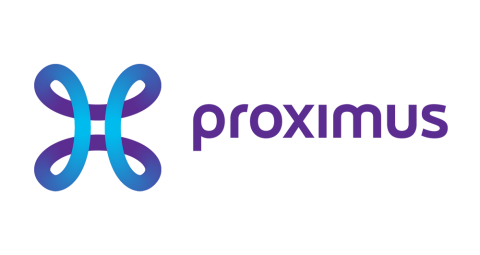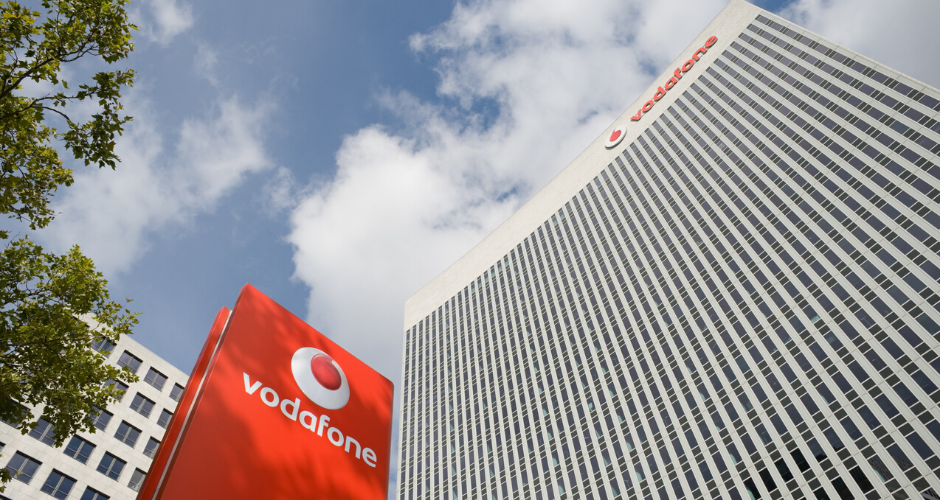We worked with leading Belgian telecommunications company, Proximus, to develop a carbon enablement model showing the carbon saving potential of its enterprise solutions and services.
What was the challenge?
Proximus is Belgium’s leading provider of telephony, internet, television and ICT services.
The company has an ambition to help to lead the ICT sector’s response to the climate crisis. Its operations have been carbon neutral since 2016 and it aims to ‘deliver a net positive contribution to a Net Zero planet by 2030’. The company defines this as where the carbon emission avoided – by enabling customers to reduce emissions through using its solutions and services, such as videoconferencing and Internet of Things (IoT)-powered smart building solutions – will be greater than the carbon emissions caused by its activities.
To support its strategy and provide transparent reporting and customer communication on carbon saving benefits, Proximus needed to identify and measure the amount of carbon emissions its solutions and services could help customers avoid.
It chose to work with us on the creation of a bespoke carbon enablement model, given our experience of working on world-leading carbon enablement projects with global ICT players, such as AT&T, BT, EE and Vodafone.
How did we help?
The carbon enablement model sought to quantify avoided emissions from several solutions, categorised in seven groups: broadband-enabled homeworking, online conferencing and collaboration, vehicle and traffic management, Cloud and IP communication, Proximus and public cloud, dematerialisation and device leasing and smart building and metering.
We calculated carbon enablement factors to reflect the specific use-cases of Proximus solutions and services, including the amount of CO2 emissions embedded in the products’ life cycles. These factors were compounded by emission factors and assumptions, based on our previous research and experience in the ICT sector. We then multiplied the sales volumes of products and solutions by their specific carbon enablement factors.
“We brought our solution expertise and the Carbon Trust brought its global knowledge: it was a winning combination,” said Antoine Van Brussel, Head of Communicate & Collaborate at Proximus.
The outcome was a powerful, user-friendly Excel-based carbon enablement tool. To empower Proximus’ teams with the knowledge to maximise the tool’s use over the long term, we led an in-depth carbon enablement training programme, engaging over 40 product managers. The sessions explained how the model works, how it is measured and how to input volume data and update factor calculations, assumptions and emission factors in future reporting years.
The carbon enablement model and training workshops provided a thorough understanding and detailed calculations, while product managers provided valuable input, helping to refine the accuracy of the carbon abatement factors to an even greater degree.
What were the benefits?
Using the model, Proximus calculated and reported the carbon emissions that were avoided for 2020 across the seven solution groups, for the first time. The model calculated that collectively 465.19 KtCO2 was avoided through customers’ use of Proximus products in 2020; with over 80% of the emissions savings from broadband-enabled homeworking.
Crucially, Proximus’ 2020 avoided emissions reporting has provided a baseline on its journey towards making a net positive contribution. Plus, the model and training will allow Proximus to continue to understand, calculate and report products’ avoided carbon emissions in future years – supporting communications with customers and ensuring greater stakeholder transparency.
“We see a major rise in demand from customers, particularly enterprises, seeking to understand and limit their exposure to carbon emissions through using our solutions. In this collaboration, the Carbon Trust provided us with a robust knowledge base and a clear framework to report and engage our customers on climate action,” said Van Brussel.
Looking ahead, Proximus plans to embed the carbon enablement methodology throughout the organisation and set up a forecast tool for the evolution of avoided emissions up to 2030. This will enable the firm to track its progress against its net positive contribution 2030 target and deliver greater avoided carbon emissions through customers’ use of its products, compared to the emissions from Proximus’ own activities.
“This initiative underpins our aim to make carbon enablement a key selling point – and going beyond that, to embed carbon saving potential as a key criterion for solution development decisions,” added Van Brussel.







